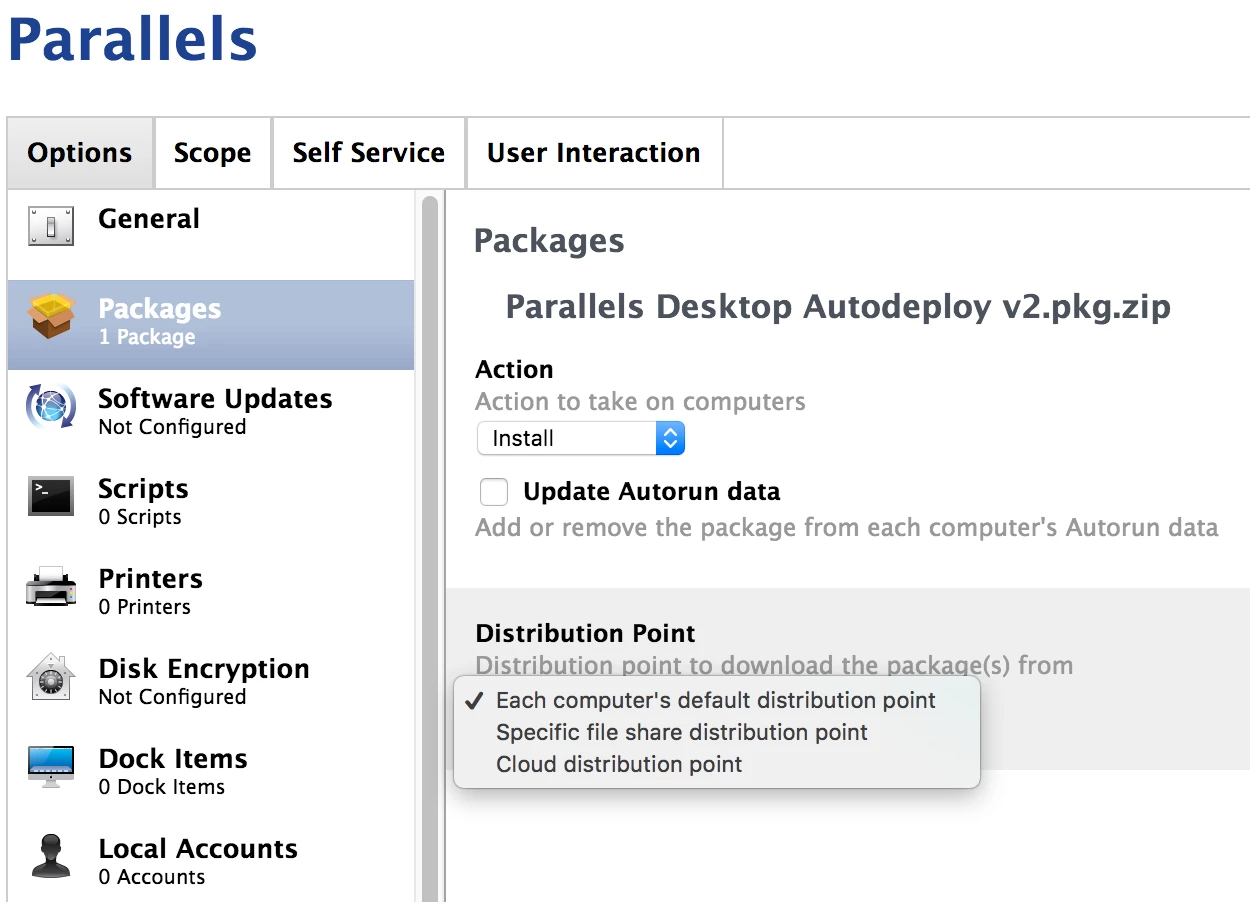We are kicking the tires on a cloud distribution point and I had a few things I am unclear on and would love some clarification.
- Can you run a JSS which uses only a cloud based distribution point without any file share based DPs? My understanding is that yes, this can be the case.
- If we do elect to have a file based and cloud distribution point, is syncing only able to be done manually or can a schedule be set?
- Is there a way to have a setup without a master dp (with all content) where content resides on only one distribution point? For example, serve large packages and images from a local file share DP and all other packages from a cloud DP?
Any comments are appreciated. Cheers.




